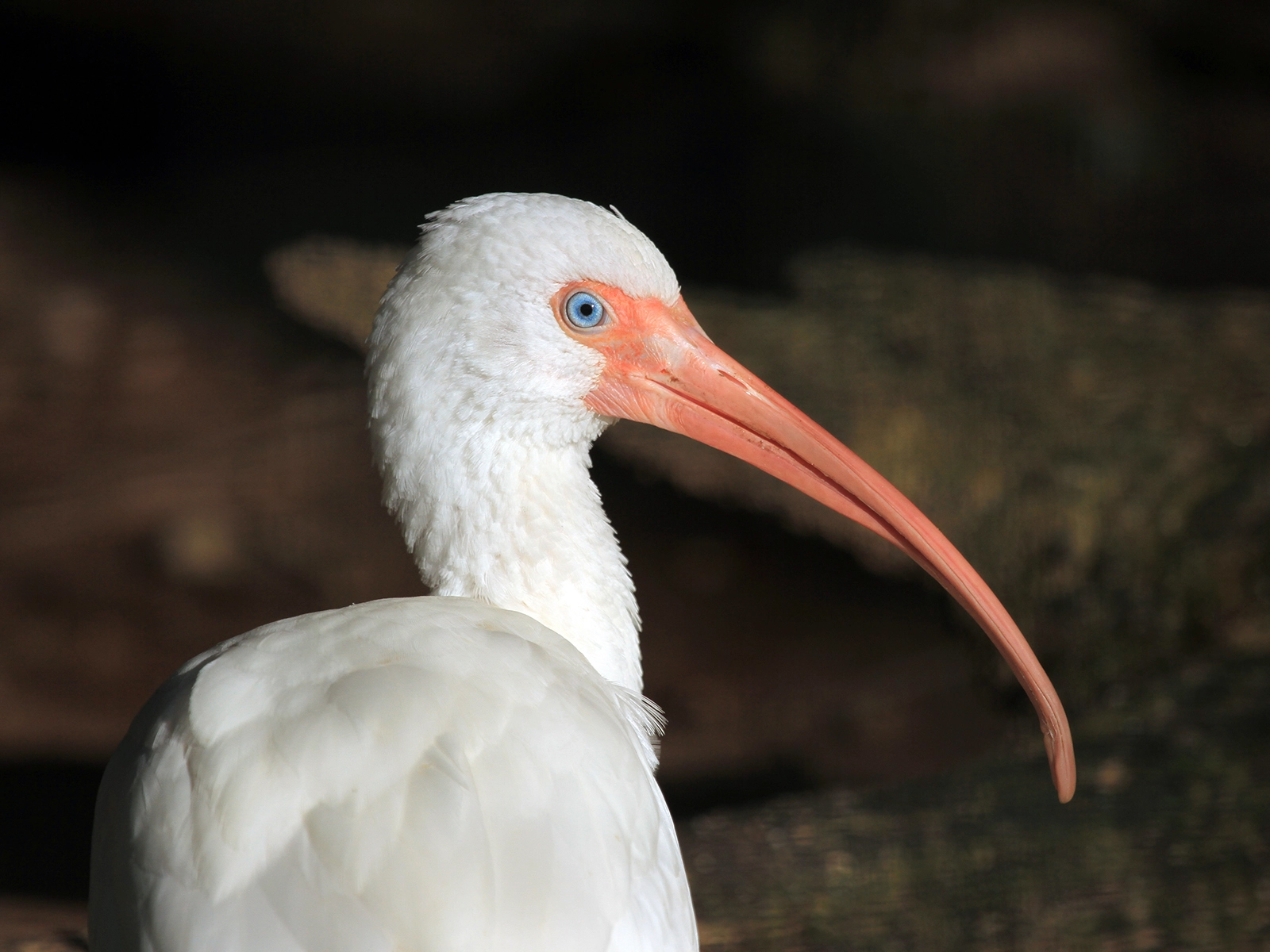White Ibis
Eudocimus albus
Class
Aves
Order
Ciconiiformes
Family
Threskiornithidae

Aves
Ciconiiformes
Threskiornithidae
Southeastern United States, south to Colombia and Venezuela, Caribbean
Length: 21 - 27 in
Wingspan: Up to 38 in
Weight: 26.5 - 37 oz
Marshes, mangrove lagoons, lakes, and estuaries
Clutch of 2 - 3 eggs
Incubation: 21 days
Crustaceans, fish, frogs, small snakes, slugs, snails, and aquatic insects
Least Concern
The white ibis has brilliant white plumage and contrasting black primary feathers. This wading bird has partially webbed feet, which helps it balance while walking on muddy ground. Its long, curved bill is highly sensitive to movement and allows the white ibis to find prey submerged in water or burrowed into soft mud.
These birds feed, nest, and roost in huge flocks of up to 80,000 individuals. Both male and female cooperate in building the nest, which is usually a platform of sticks, grass or reeds. Young white ibises are dark brown with a white belly and rump. Their parents feed them by regurgitating food from their stomachs.
The white ibis is widespread and abundant.